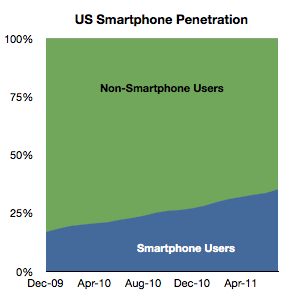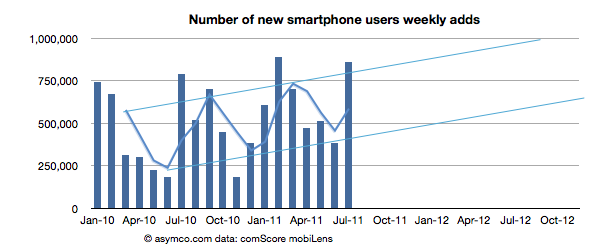The question of low end disruption should be a concern to any manager. It’s one of the most important sources of growth and has led to a vast amount of wealth creation.
Apple was an early low end disruptor by selling personal computers at a fraction of mini-computer prices. Toyota also offered “cheap” cars as an entrant in the market. Pixar made blockbusters for a lot less than live action studios. Google offers good enough office software without a license. Finally Microsoft built its whole business on low-end business software at knock-down prices.[1]
All these entrants made fortunes often at the expense of entrenched incumbents. Disruption grows the pie but also transfers a lot of value away from existing competitors.
So it should not be surprising that new products like the iPad should be scrutinized for their vulnerability to low end disruption. Brian Caufield asks the question if Apple has any future with the iPad given the potential for $99 tablets.
The question is indeed why not introduce an ultra-cheap tablet, for example from Amazon, which makes up for the low price with an innovative business model like selling content or user behavior data. After all, game consoles are sold this way. This is the classic razor/razor-blade business model.
The answer to why not is actually not simply that the economics don’t work. They might work some day even if they really don’t today.
The answer to why not is that the iPad is not good enough.


